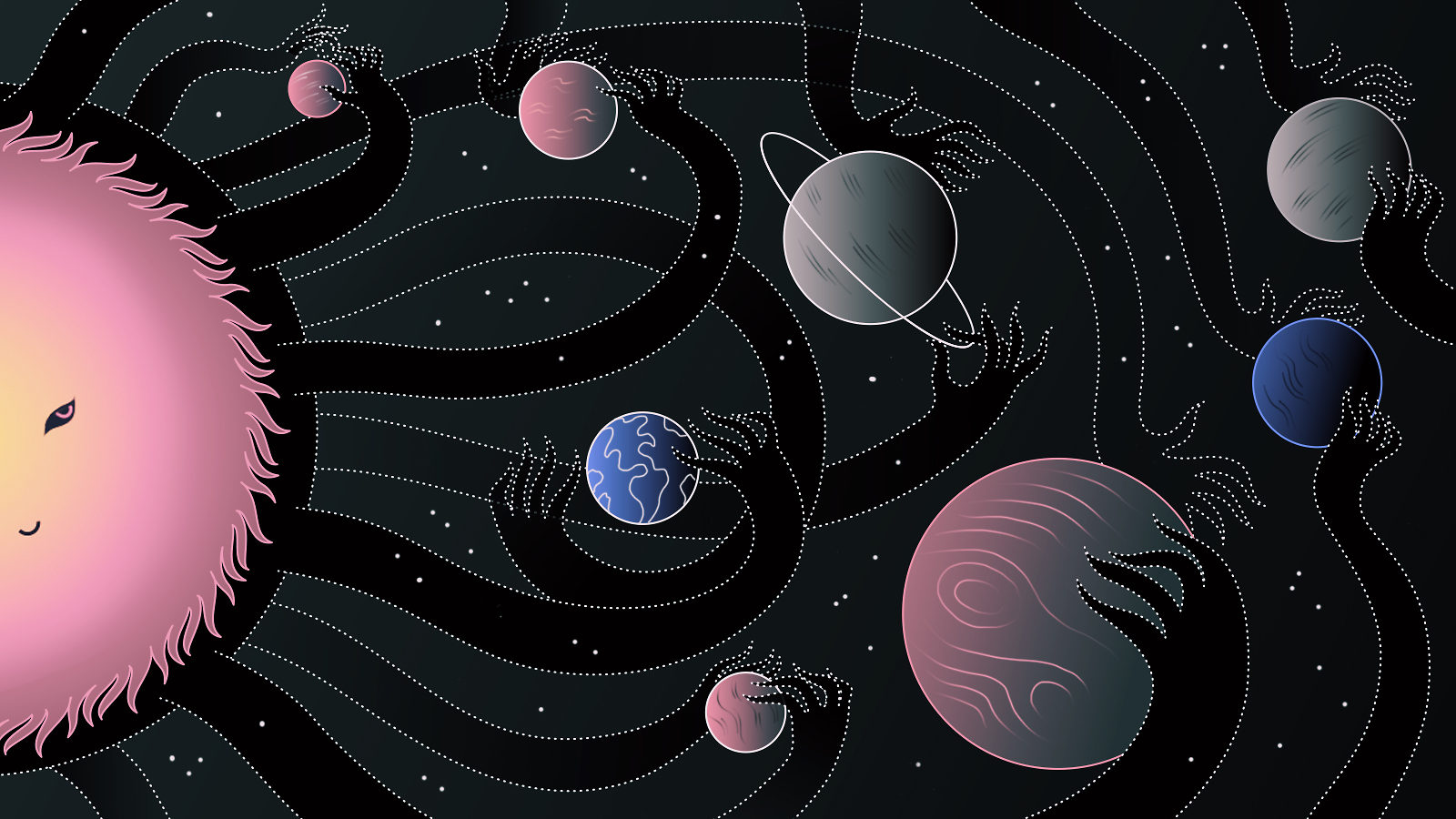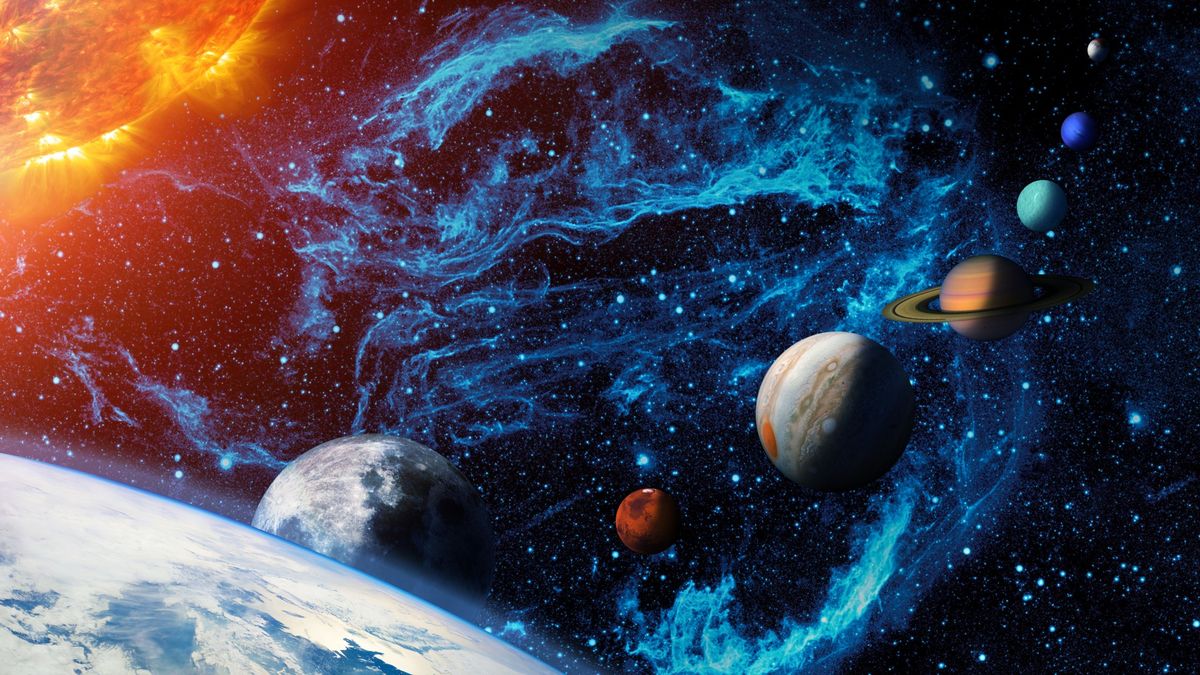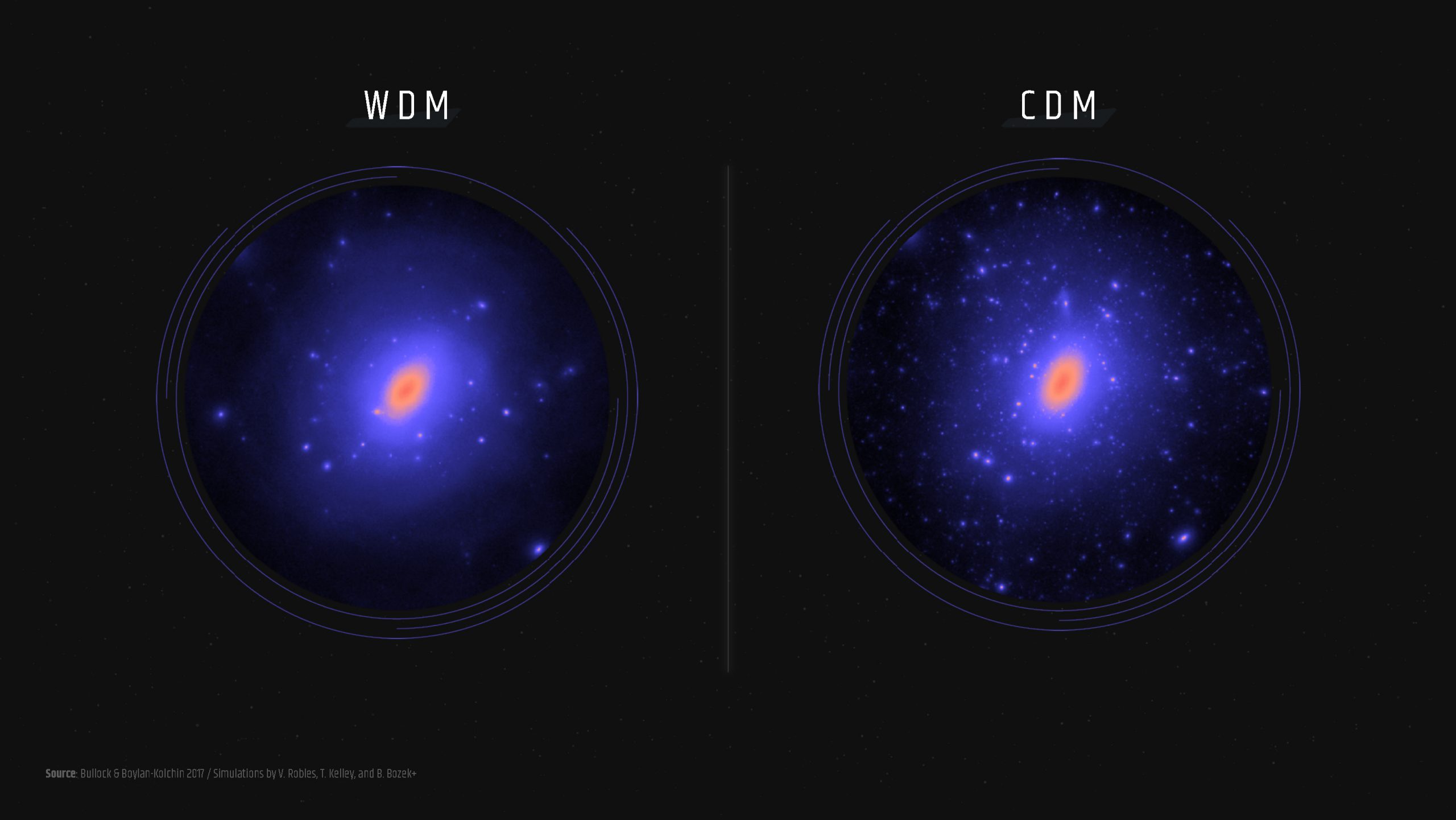Space weather refers to the conditions in space that can affect technology and human activity on Earth. It’s primarily driven by the sun’s activity, particularly solar flares and coronal mass ejections (CMEs).
Key Components of Space Weather
- Solar Flares: These are sudden, intense bursts of energy released from the sun’s atmosphere. They can produce electromagnetic radiation across the spectrum, from radio waves to X-rays.
- Coronal Mass Ejections (CMEs): These are massive clouds of plasma and magnetic field lines ejected from the sun’s outer atmosphere. They can travel through space at millions of miles per hour.
- Solar Wind: The continuous stream of charged particles emitted by the sun.
- Interplanetary Magnetic Field (IMF): The magnetic field that permeates the solar system.
Impacts of Space Weather
Space weather can have significant impacts on Earth and human technology, including:
- Satellite Disruptions: Solar storms can damage or disrupt satellites, leading to communication failures, navigation errors, and even loss of spacecraft.
- Power Grid Failures: CMEs can induce currents in power grids, leading to blackouts and other disruptions.
- Radio Blackouts: Solar flares can disrupt radio communications, particularly shortwave and VHF frequencies.
- Auroras: While auroras are generally harmless, intense geomagnetic storms can produce auroras at lower latitudes, affecting power grids and communication systems.
Space Weather Forecasting
Scientists constantly monitor the sun for signs of solar activity and use models to predict the potential impacts of space weather events. This information helps governments, businesses, and individuals prepare for and mitigate the effects of these storms.
Would you like to know more about specific space weather events, the technologies used to monitor solar activity, or the steps being taken to protect critical infrastructure from solar storms?



